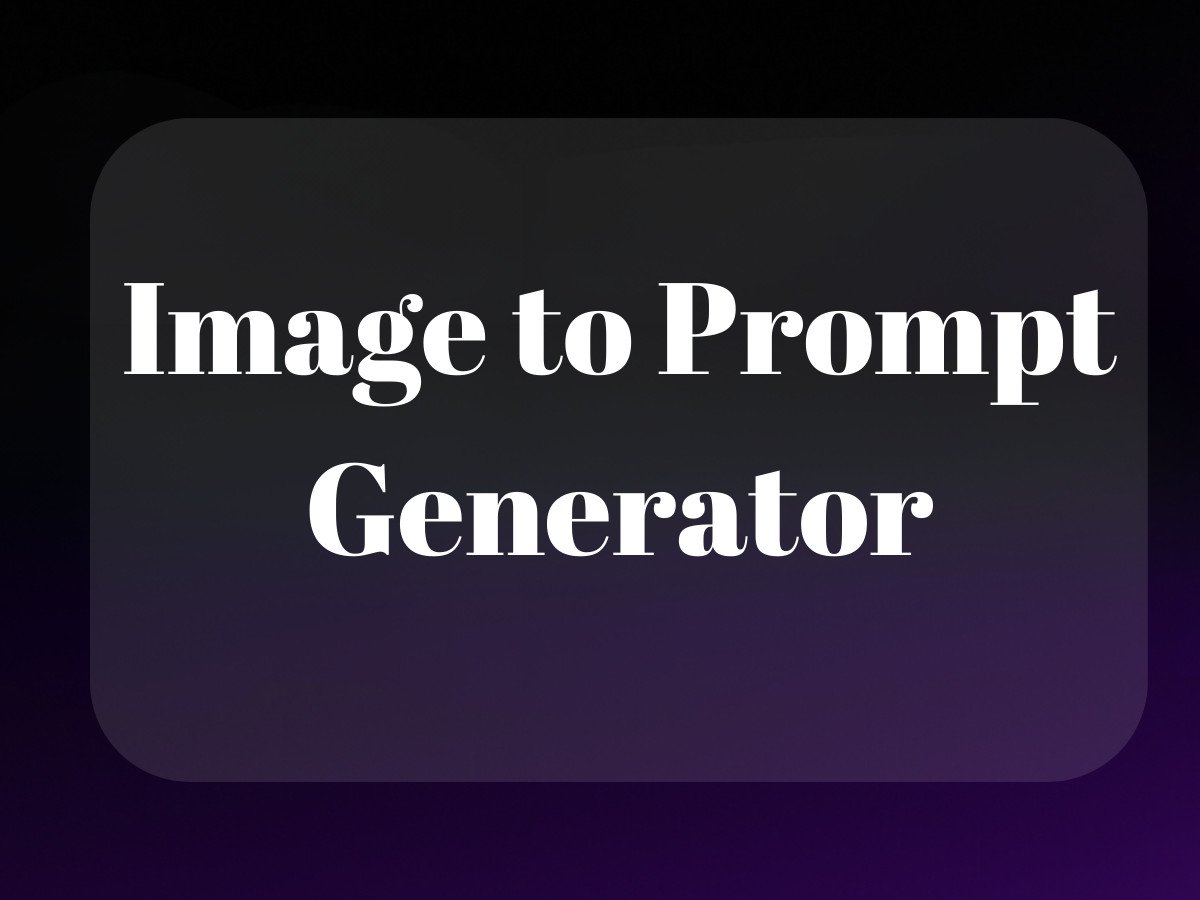Remember when sentiment analysis meant counting happy and sad face emojis? Those were simpler times. Today, we’re diving deep into the fascinating world of sentiment analysis on Kaggle, where data scientists are teaching machines to understand human emotions with scary accuracy.
The Evolution of Sentiment Analysis on Kaggle
Here’s the thing about sentiment analysis that most tutorials won’t tell you: it’s less about the algorithms and more about understanding human nature. Sure, you can throw BERT or RoBERTa at a dataset and get decent results, but the real magic happens when you grasp the nuances of human expression.
I’ve seen countless Kaggle competitions where brilliant data scientists got tripped up by sarcasm or cultural context. It’s like trying to teach an alien to understand New York humor – technically possible, but you need more than just mathematical models.
Getting Started with Sentiment Analysis

The beauty of Kaggle’s sentiment analysis datasets is their diversity. From IMDb reviews to Twitter storms, each dataset is like a different flavor of human emotion. And trust me, as someone who’s built AI tools for ecommerce brands, understanding these emotional nuances is pure gold.
Let’s dive into some of the most popular datasets on Kaggle for sentiment analysis projects. The IMDb 50k Movie Reviews dataset is basically the \”Hello World\” of sentiment analysis – it’s got 50,000 perfectly balanced reviews that are great for getting your feet wet with binary classification. Think of it as the training wheels before you tackle the bigger beasts.
Speaking of beasts, the Sentiment140 dataset is where things get serious. With 1.6 million tweets, it’s like going from a kiddie pool to the ocean. But here’s the thing about sentiment analysis on Kaggle – bigger isn’t always better. I’ve seen countless notebooks where folks throw massive datasets at complex models, only to get worse results than simpler approaches on cleaner data.
The real magic happens when you understand what these datasets are actually telling you. Take the Twitter Sentiment Analysis Dataset – it uses emoticons as sentiment indicators. Clever, right? But it also means you’re training your model on how people express emotions through text, not just the words themselves.
Let’s be real—sentiment analysis on Kaggle isn’t just about algorithms and accuracy scores. It’s about understanding human emotion at scale, and that’s pretty sci-fi when you think about it. The datasets and tools we’ve explored are just the beginning. The real magic happens when you start combining different approaches, like mixing traditional ML with transformer models, or throwing in some domain-specific fine-tuning.
Here’s what I’ve learned after years of building sentiment analysis systems: the best models aren’t necessarily the most complex ones. Sometimes, a simple Naive Bayes classifier fine-tuned on your specific domain outperforms BERT. It’s about finding that sweet spot between complexity and practicality.
The future of sentiment analysis on Kaggle? It’s heading towards more nuanced understanding—detecting sarcasm, handling multiple languages, and maybe even understanding my teenager’s text messages. (Okay, maybe that last one’s still science fiction.)
For those interested in ecommerce applications, learning how sentiment analysis can be applied is crucial. It doesn’t stop at reviews; it extends to social media and customer feedback, which can be invaluable for businesses.
Speaking of businesses, if you’re selling on platforms like eBay, understanding customer sentiment can help in numerous ways, from tailoring your listings to handling customer queries more effectively.
Moreover, with the right sentiment analysis tools, you can efficiently manage customer refunds and improve your overall rating, reducing the hassle of misunderstandings.
And if you ever find yourself overwhelmed, remember that even when you’re on vacation mode, sentiment analysis can keep your business running smoothly by automating responses based on sentiment.
Finally, if you’re working on visual platforms, don’t forget the importance of image and text analysis together. Platforms like Instagram can benefit from sentiment analysis to gauge the impact of stories and posts.
Related Articles:
- Sentiment Analysis Dataset: Essential Tools for Beginners
- Comprehensive Twitter Sentiment Analysis Guide – ProductScope AI
Frequently Asked Questions
What do you mean by sentiment analysis?
Sentiment analysis is a technique in natural language processing (NLP) that involves determining the emotional tone behind words. It is used to identify and categorize opinions expressed in a piece of text, especially to determine whether the writer’s attitude towards a particular topic is positive, negative, or neutral. This analysis is widely used in various applications such as customer feedback, social media monitoring, and market research.
Can ChatGPT do sentiment analysis?
ChatGPT can perform sentiment analysis to some extent by analyzing text and inferring the sentiment based on its training data. However, it is not specifically optimized for sentiment analysis tasks and may not be as accurate as dedicated sentiment analysis tools or models that are fine-tuned for this purpose. For precise sentiment analysis, using a model specifically trained with sentiment-labeled data is recommended.
What is an example of sentiment analysis?
An example of sentiment analysis could involve examining customer reviews of a product. For instance, if a review states, ‘I absolutely love this phone. The battery lasts so long and the camera quality is excellent,’ sentiment analysis would classify this review as having a positive sentiment. This classification helps companies understand customer satisfaction and areas for improvement.
What are the three types of sentiment analysis?
The three main types of sentiment analysis are: 1) Fine-grained sentiment analysis, which provides a more detailed sentiment score such as very positive or very negative; 2) Aspect-based sentiment analysis, which assesses sentiment towards specific aspects of a product or service; and 3) Emotion detection, which identifies specific emotions like happiness, anger, or sadness within the text. Each type serves different analytical needs depending on the context.
What is the meaning of its sentiment?
The meaning of ‘its sentiment’ refers to the overall emotional tone or attitude expressed in a piece of text. This could be an assessment of whether the text conveys positive, negative, or neutral emotions. Understanding the sentiment helps in determining the writer’s viewpoint or emotional response towards the subject matter discussed in the text.
About the Author
Vijay Jacob is the founder and chief contributing writer for ProductScope AI focused on storytelling in AI and tech. You can follow him on X and LinkedIn, and ProductScope AI on X and on LinkedIn.
We’re also building a powerful AI Studio for Brands & Creators to sell smarter and faster with AI. With PS Studio you can generate AI Images, AI Videos, Blog Post Generator and Automate repeat writing with AI Agents that can produce content in your voice and tone all in one place. If you sell on Amazon you can even optimize your Amazon Product Listings or get unique customer insights with PS Optimize.
🎁 Limited time Bonus: I put together an exclusive welcome gift called the “Formula,” which includes all of my free checklists (from SEO to Image Design to content creation at scale), including the top AI agents, and ways to scale your brand & content strategy today. Sign up free to get 200 PS Studio credits on us, and as a bonus, you will receive the “formula” via email as a thank you for your time.





